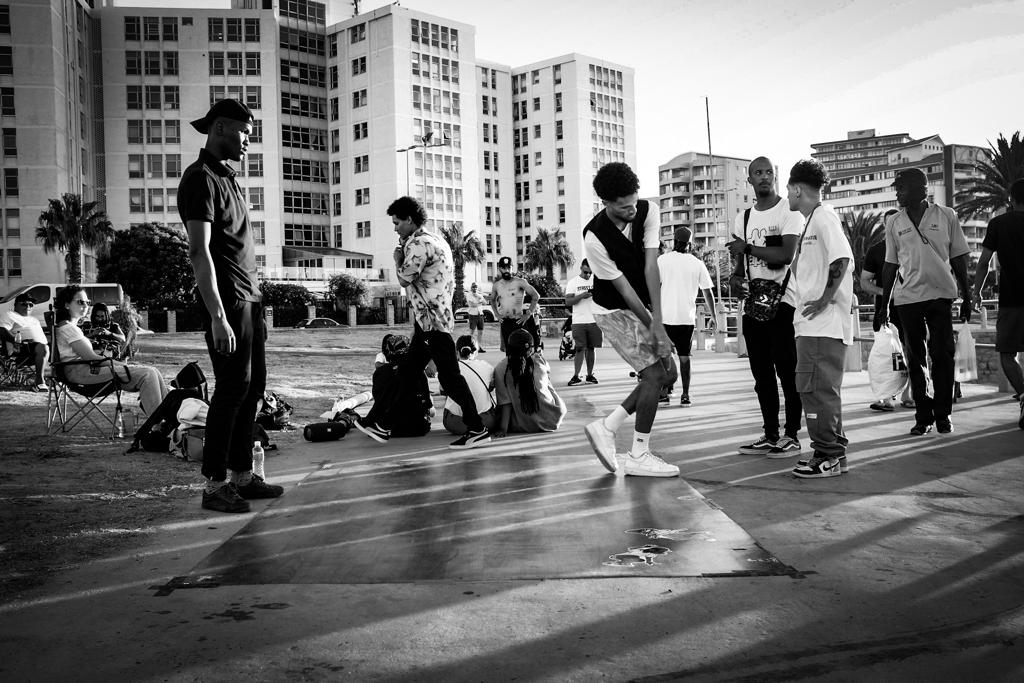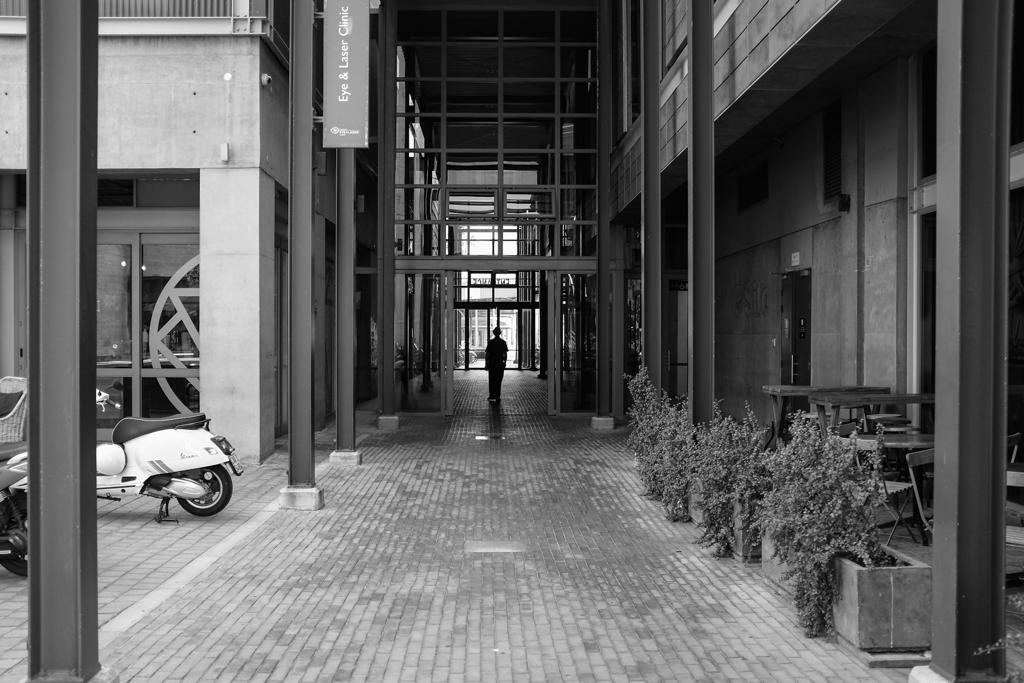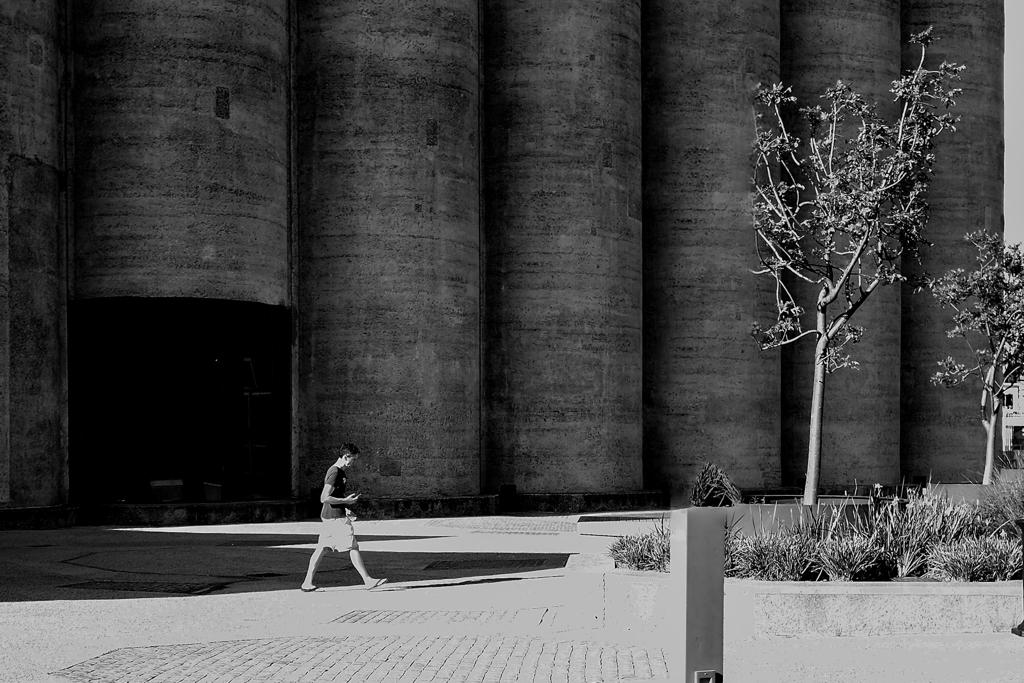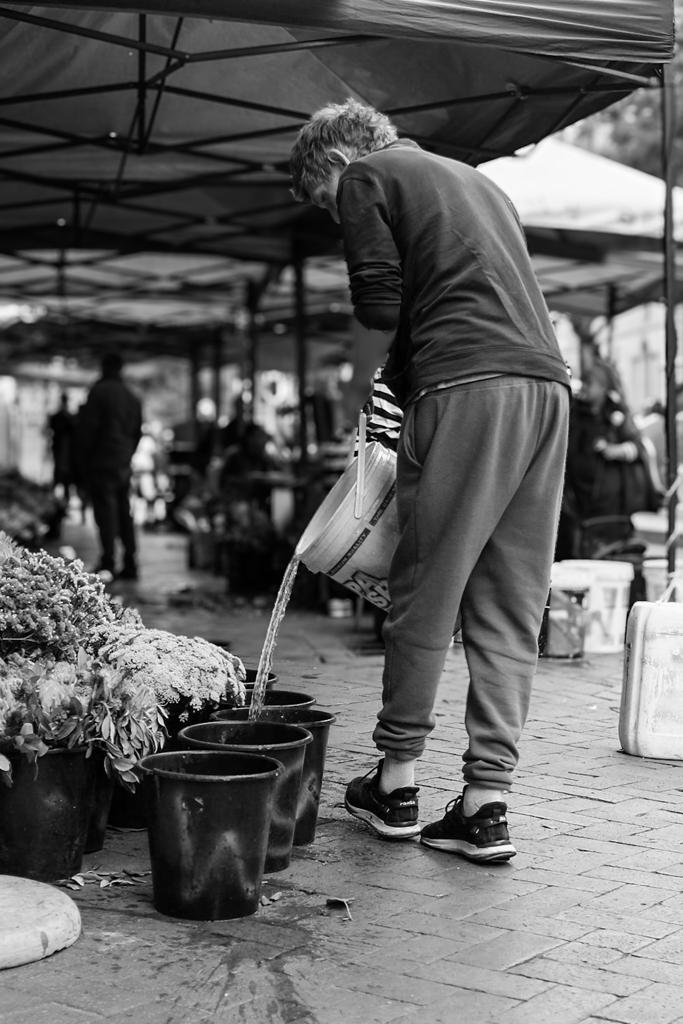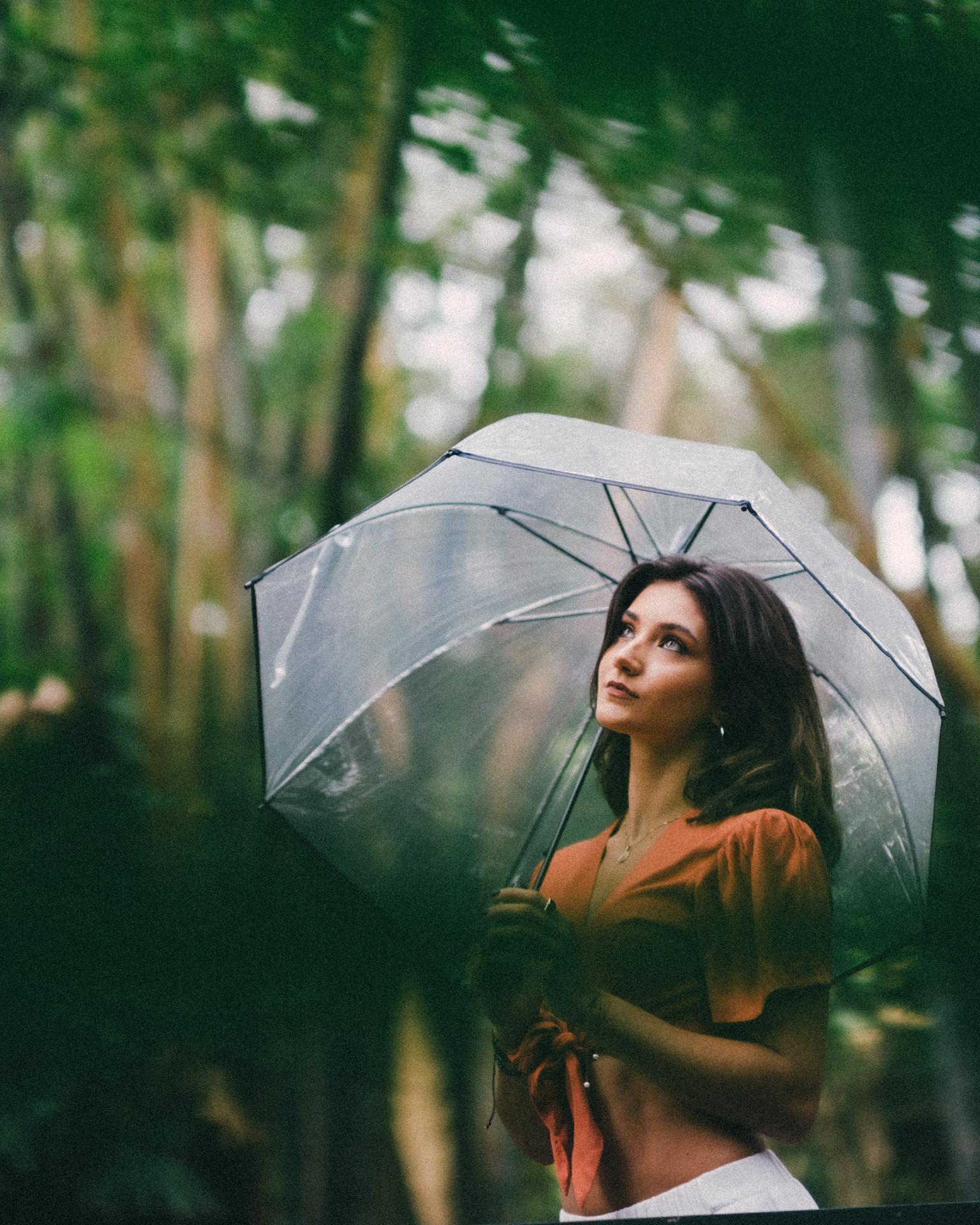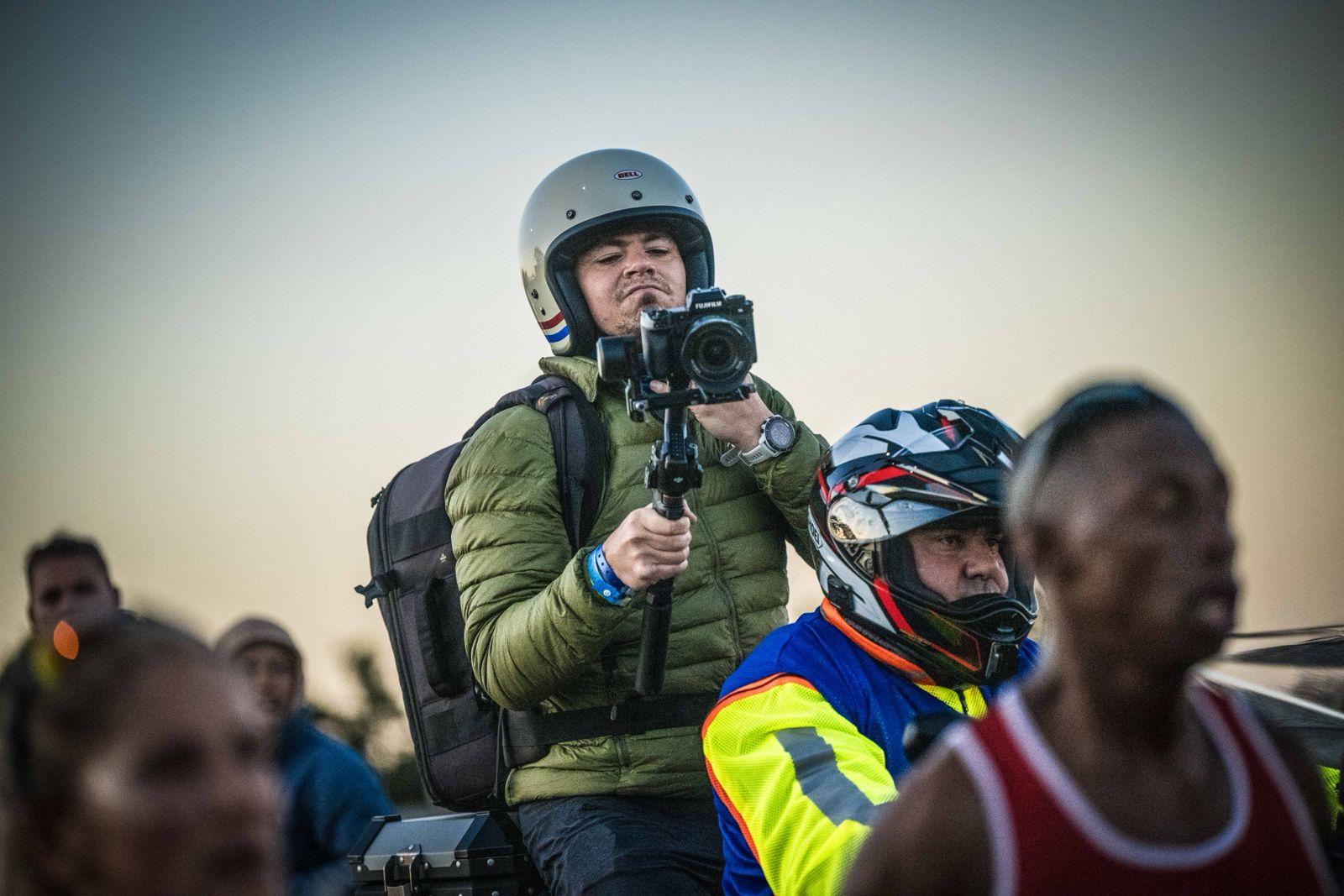Rediscovering the soul of street photography: My journey with the Fujifilm X100S
Quaniet Richards spends a lot of time on the streets of Cape Town, being one of the founding members of the #shoot4purpose initiative. Despite the newer models, it’s the Fujifilm’s X100S’ classic aesthetics Richards has embraced. He tells us more why this camera is so important.
As a street photographer in the vibrant city of Cape Town, my journey has been as much about discovering the city as it has been about rediscovering my own photographic voice. This odyssey took an unexpected turn when I embraced the Fujifilm X100S – a ten-year-old camera that despite the allure of newer models, holds a timeless charm that continues to captivate my creative spirit.
The Beginning of a Photographic Renaissance
My adventure with the X100S began in January 2021. Initially drawn to its classic design and advanced capabilities, I soon found myself exploring the latest in Fujifilm’s lineup, including the X100V and X-Pro3. Yet something about the X100S kept calling me back. It wasn’t just nostalgia, it was an appreciation for something more fundamental, more authentic in the realm of photography.
The Unmatched Sensor and Design of the X100S
Central to my affinity for the X100S is its APS-C X-Trans CMOS II sensor. This sensor, unique to Fujifilm, forgoes the typical Bayer pattern, reducing moiré and false colour without needing an optical low-pass filter. The result is images that are sharp, detailed and imbued with a character that is hard to replicate. In the fluctuating lights and shadows of Cape Town’s streets, this sensor has been my greatest ally.
The design of the X100S is a perfect blend of aesthetics and functionality. Its retro look pays homage to the film cameras of the past, yet it houses modern photographic technology. The rangefinder design – a nod to the classic era of street photography – adds to its appeal. It’s not just about looks since the rangefinder style facilitates a unique way of seeing and interacting with the scene, offering an immersive photographic experience. The camera feels solid in hand, its metal body exuding a sense of durability and reliability.
The fixed 23mm lens of the X100S, which is a 35mm equivalent in full-frame terms, profoundly influences my work. This focal length strikes a perfect balance for street photography, offering a wide enough view to capture the essence of a scene while maintaining a natural perspective. The lens’ maximum aperture of f/2 allows for shooting in varied lighting conditions. Beyond its versatility in aperture settings, the lens is remarkably sharp, rendering images with crisp details and textures that bring the streets of Cape Town to life.
Additionally, the autofocus system of the X100S, while not as rapid as some modern counterparts, is sufficiently quick and accurate for street photography. It’s reliable in capturing spontaneous moments, a critical aspect of my work where timing is everything. The camera’s ability to swiftly focus, combined with the lens’s sharpness, ensures that I rarely miss a moment worth capturing.
Ergonomically, the X100S is designed with the photographer in mind. Its controls are intuitively placed, allowing for quick adjustments without taking your eye off the subject. The hybrid viewfinder, a hallmark of the X100 series, offers the best of both worlds – the clarity of an optical viewfinder and the information-rich environment of an electronic viewfinder. This feature enables me to engage with my subjects and scenes in a way that feels both responsive and organic.
A Monochromatic Love Affair
In my #HumansOfCapeTown series, I often turn to the X100S’s monochrome film simulation modes to capture the city’s stories. Black and white photography has the power to strip a scene to its emotional core, removing the distraction of color and highlighting the interplay of light and shadow. It’s in this greyscale world that the everyday becomes extraordinary.
The #HumansOfCapeTown series is a collection of spontaneous, candid moments that together narrate the city’s diverse story. Each frame, from the intense gaze of a local artisan to the fleeting joy in children’s play, is a testament to the X100S’s ability to capture genuine emotion and ephemeral beauty.
Why the X100S Resonates with Me
Beyond its technical prowess, it’s the design and functionality of the X100S that resonates with me. Its compactness and the tactile nature of its controls allow for a more intuitive and immersive photography experience. In the streets, the camera is a natural extension of my eye, seamlessly bridging the gap between observer and storyteller.
My journey through various Fujifilm camera models has been enlightening, but returning to the X100S was a deliberate choice. This camera, with its blend of simplicity and capability, reminds me of the true essence of photography: the art of capturing life as it unfolds, in all its unscripted beauty.
Looking Forward
As I continue to document the pulse of Cape Town through my lens, the Fujifilm X100S remains my faithful companion. Its ability to distill the complexity of life into powerful, monochromatic images is unmatched. For me, the X100S is more than a camera, it’s a tool for storytelling, a medium for connection, and a testament to the enduring power of classic photography.
Find more of Richards’ work here:
Take Ten
https://fujifilm-x.co.za/take-10-with-quaniet-richards/
Instagram accounts
Facebook account

